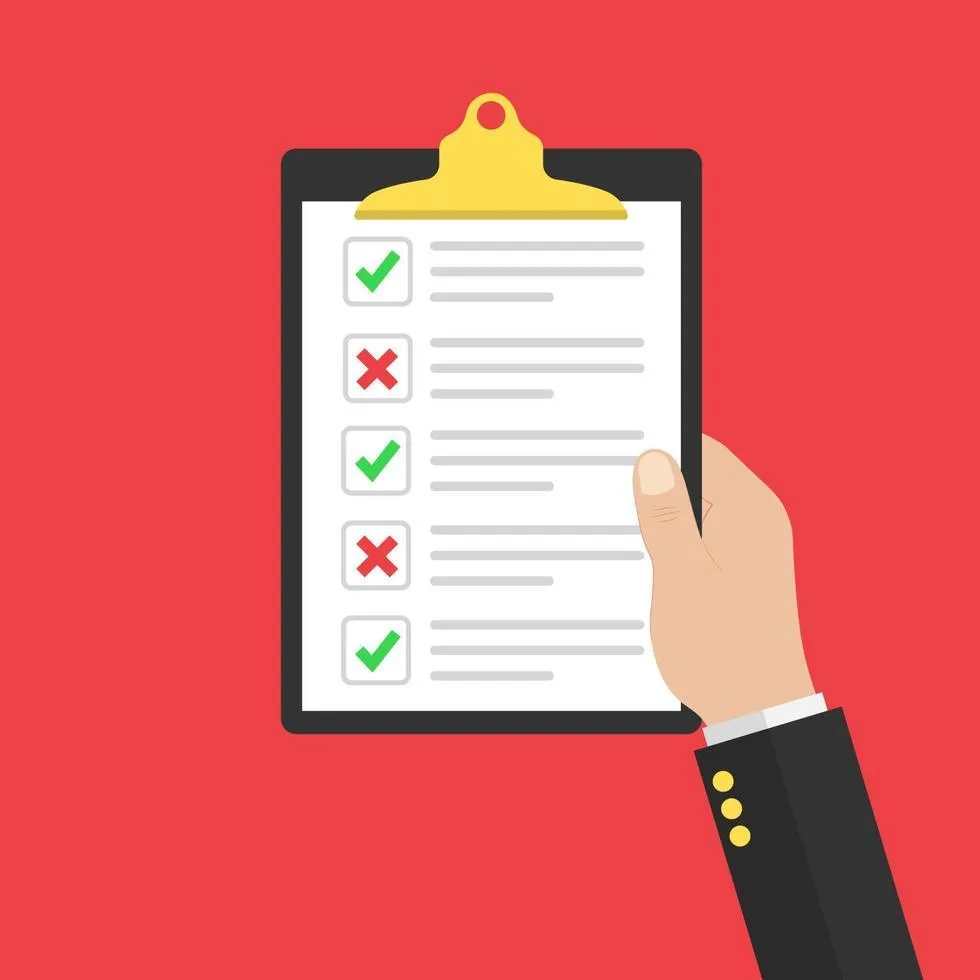
Antivirus is Not Enough
Antivirus Is Not Enough
In 2025, ransomware has become a daily corporate crisis—not a fringe threat. Despite outdated reliance on signature‑based antivirus, attackers have evolved. The costs, frequency, and sophistication of ransomware demand modern defensive strategies and expert teams—not reactive software.
📈 The Rising Frequency of Ransomware Attacks
Ransomware incidents have surged roughly 13% over the past five years (GetAstra, 2025) Globally, there are now over 1.7 million ransomware attacks daily, with projections indicating an attack could happen nearly every two seconds by 2031 (GetAstra, 2025; Spacelift, 2025). In one estimate alone, the U.S. government identified over 4,900 ransomware attacks between 2021 and 2023, resulting in at least $3.1 billion in ransom payments (Financial Times, 2024).
💸 Cost Explosion: What U.S. Businesses Are Paying
U.S. businesses are paying dearly for ransomware attacks.
A recent report shows 72% of U.S. organizations were hit with ransomware, incurring an average recovery cost of $4.5 million, including ransom, remediation, and downtime (ITPro, 2025).
The average cost per ransomware incident skyrocketed from $761K in 2019 to $5.13M by 2024—a 574% increase (PurpleSec, 2025).
In 2025, estimates peg the average cost at $5.5M–$6M per incident, factoring in larger ransom demands and broader disruption (PurpleSec, 2025).
Ransom payments alone reached $1.1 billion in 2023, nearly double the prior year, despite fewer victims paying (Chainalysis, 2023).
With $10.5 trillion in cybercrime costs globally expected in 2025, ransomware is one of the fastest-growing drivers of financial loss (Cybersecurity Ventures, 2025).
🏢 Who Gets Hit? Small Business and Enterprise Risk
Ransomware isn't limited to enterprise targets—small businesses are high-value prey:
In 2021, 82% of ransomware attacks targeted SMBs with fewer than 1,000 employees; 37% impacted firms with under 100 staff (StrongDM, 2025).
SMBs spend from just $826 to $653K per incident, yet many remain uninsured and unprepared (StrongDM, 2025; BD Emerson, 2025).
🧨 Real-World Impact: Notable Ransomware Events
Some high-profile hacks illustrate the severity of ransomware attacks:
Colonial Pipeline (May 2021): DarkSide breached critical infrastructure, forcing a shutdown. Nearly $4.4M was paid in ransom, disrupting fuel distribution across the East Coast (Wikipedia, 2021a).
JBS Foods (May 2021): A REvil attack forced shutdowns in North America and Australia, costing JBS $11M in ransom alone (Wikipedia, 2021b).
MOVEit Breach (2023): The CL0P ransomware group exploited a third-party vulnerability, compromising 2,700+ organizations and exposing 93 million personal records (Wikipedia, 2023).
These incidents show that ransom isn’t the only danger—disruption of infrastructure, reputational harm, and cascading operational impacts often compound the damage.
🧠 Why Antivirus Alone Fails Today
Antivirus solutions are signature-based—they detect known malware. But modern ransomware is designed to evade them:
Ransomware‑as‑a‑Service (RaaS) allows affiliates to launch customizable, polymorphic malware campaigns without requiring technical expertise (Wikipedia, 2025).
Attackers encrypt data, steal sensitive files, and threaten leakage with double or multi‑extortion tactics, bypassing backup-based defenses (GetAstra, 2025; Spacelift, 2025).
SentinelOne reports ransomware now comprises 35% of all cyberattacks, with North America seeing an 84% year-over-year spike (SentinelOne, 2025).
Antivirus can still help—but it only detects threats after they’re in.
🛡️ The Case for Expert Protection Teams
1. Proactive Threat Hunting & Prevention
Advanced solutions like XDR/EPP, anomaly detection, threat intelligence, and Just‑in‑Time access stop attacks before they spread. Antivirus is reactive—teams are proactive.
2. Rapid Incident Response & Recovery
While 42% of firms recover within a day, about 5% require over two weeks to recover (ITPro, 2025). Expert responders reduce downtime, limit losses, and restore operations quickly.
3. Forensics and Threat Analysis
International operations like the Hive ransomware takedown relied on skilled forensic analysis to decrypt threat actor infrastructure and save $130 million in victim ransom payments (AP News, 2023).
4. Regulatory Compliance & Risk Mitigation
Industry frameworks now require incident drills, penetration testing, recovery planning, and governance. Antivirus alone fails to meet these standards; professional teams ensure compliance.
✅ What Your Business Should Do Now
Deploy XDR/EPP and Zero Trust framework to detect anomalies and enforce access controls.
Build or contract a dedicated incident response team—not just tools.
Execute regular disaster recovery and backup tests.
Train employees on high-risk practices, phishing detection, and credential hygiene.
Implement least privilege access and continuous access auditing to limit lateral movement.
Conclusion: Antivirus Is Not Enough
The threat of ransomware is intelligent, escalating, and ever-present. In 2025, relying solely on antivirus is like bringing a knife to a gunfight. Modern cybersecurity demands automation, expert teams, and rapid response capabilities.
👉 STS offers ransomware resilience services, including free assessments and response planning. Don’t wait for an attack to prove you’re vulnerable—invest in the defenses that attackers dread.
📩 Contact Streamline Technology Solutions (STS) today for your Free Ransomware Resilience Review and build the proactive defenses your business deserves.
🔖 References
GetAstra. (2025). Ransomware Attack Statistics 2025. Astra Security
Spacelift. (2025). Ransomware Trends & Forecasts. spacelift.io
Financial Times. (2024). The ransomware battle is shifting — so should our response. Financial Times
Chainalysis. (2023). Ransomware Payments Hit a Record $1.1 Billion in 2023. wired.com
Cybersecurity Ventures. (2025). Hackerpocalypse cybercrime report. cybersecurityventures.comelastio.com
StrongDM. (2025). Small Business Cybersecurity Statistics. strongdm.com
ITPro. (2025). US ransomware recovery cost data. smartfinancial.com
Wikipedia. (2021a). Colonial Pipeline ransomware attack. en.wikipedia.org
Wikipedia. (2021b). JBS S.A. ransomware attack. en.wikipedia.org
Wikipedia. (2023). MOVEit data breach. en.wikipedia.org
Wikipedia. (2025). Ransomware-as-a-Service. en.wikipedia.org
SentinelOne. (2025). Cybersecurity Statistics Report. sentinelone.com
AP News. (2023). Hive ransomware gang infiltration. apnews.com


